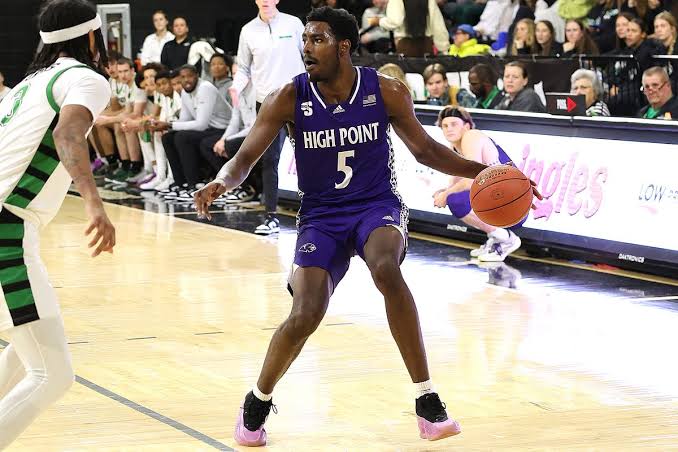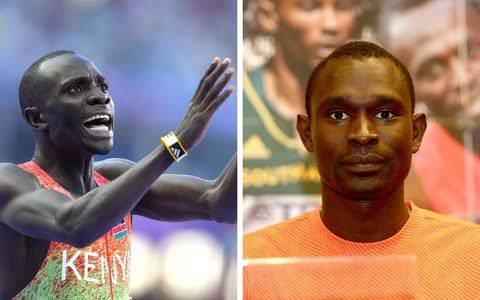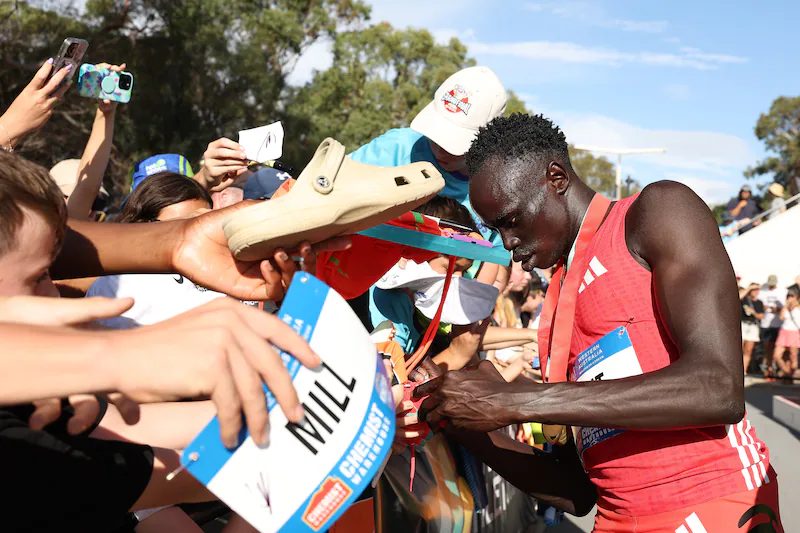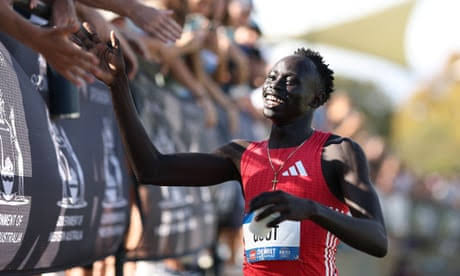Nothing, it seemed, went right for the Rangers on Friday night in a 3-0 loss to the Dodgers.
With one out in the bottom of the ninth inning, and the Rangers down by three, third baseman Josh Jung represented the tying run at the plate for Texas.
Jung drove a slider out of the hand of Tanner Scott down the third-base line. The chopper appeared to bounce twice, first in fair territory and then, on the second hop, landed in foul territory before kicking back into fair territory and into the glove of Dodgers third baseman Max Muncy, who started a 5-4-3 double play to end the game.
Jung, thinking the ball was foul, did not run toward first base for several seconds.
“I’m standing there watching it, so I thought it was foul,” Jung said. “I guess it hit something and came back and it was fair.”
Third-base umpire Nick Mahrley signaled fair, but Jung was unclear on the call in the moment.
“It was a quick, herky-jerky movement,” Jung added. “Not a smooth motion. It is what it is.”
The end of the game was delayed shortly as Jung asked to review the fair call.
“I just wanted to make sure that [the home plate umpire] got to look at it too,” Rangers manager Bruce Bochy said. “Both of the umpires. The ball was foul and it hit something and kicked back. We couldn’t tell where it kicked back and whether it caught the bag or not. That determines if it’s fair, and that’s what they were saying.”
Dodgers manager Dave Roberts said he was shocked that Jung didn’t run it out before arguing his case, but noted that the Rangers star is a quality player overall.
“I just appreciate the way [Muncy] played it out,” Roberts said. “And it wasn’t an umpire. It did start foul, came back, and the umpires got it right. Fortunately, we saved Tanner some pitches and won a ballgame.”
Did you like this story?
Kennedi Landry covers the Rangers for MLB.com.
How an old-school pitch went from ridiculed to back in fashion
5:00 AM GMT+1
Mike Petriello
Share
These days, every season seems to have a trendy new pitch: the high-spin four-seamer a while back, the sweeper two years ago, the splitter last year, the kick change this year … presumably some kind of knuckle-fastball next year, if Justin Martinez has anything to say about it.
That tells you a lot about how pitching works these days. Thanks to incredible advances in technology, science, and training, pitchers can do wild things with a baseball. It’s a miracle anyone hits anything, ever.
But if you’re only looking at what’s new, you might overlook what’s old. Take the sinker, a pitch so maligned a decade ago that multiple obituaries were written about it. Teams that still relied upon it, a little too long after it was useful, were derided as being behind the times.
The sinker, as predicted several years ago, really is being thrown less now than at any point in the pitch tracking era (which goes back to 2008), at a mere 15%. But the ones that are being thrown are more valuable than at any point in the pitch tracking era, too. If ever there was a case of “less is more,” this is it.
Part of the reason that sinkers fell out of fashion is simple: For years, they were a net negative for pitchers. That is, in 2010, the high-water mark for sinker usage, they collectively cost pitchers 373 runs worth of value, or -.21 runs per 100 of them thrown. (Run value, as used here, assigns credit to every pitch, not just the ones that end a plate appearance.)
Combining 2008-20, the sinker cost pitchers a whopping 4,568 runs, or -.24 runs cost per 100 pitches. Sliders, by comparison, earned 6,003 runs of value in that time. Yes, that says that sliders were worth more than 10,000 additional runs to sinkers, and now you’re not wondering why everyone rushed away from them to throw something with spin.
But sinkers have slowly been regaining value for the last few years. And now? They’re as valuable on a per-pitch basis as they’ve ever been. (The terms “sinker” and “two-seamer” both have been used over the years, with some disagreement over whether they refer to the same, or slightly different, pitches. At present, Statcast calls all of these pitches sinkers, for the sake of clarity.)
The sinker was a negative-value pitch for hurlers for more than a decade.
To put that in a more traditional viewpoint: In 2009, batters hit .301 against sinkers, a figure which is down all the way to .268 this year. If you’re about to point out that batting average is down across the board, that’s true – except that it’s down only 22 points on all non-sinker pitches. This is a sinker-specific story, at least for today.
Maybe this wasn’t a surprise, if you were seeing just how many pitchers in Arizona and Florida this spring talked about adding one. Kodai Senga has one now, and so does Paul Skenes, like he needed another weapon. So do Dylan Cease, Jack Leiter, Jackson Jobe, Joe Boyle, Carlos Rodón, Max Meyer, Erik Miller, Tanner Bibee, Nick Pivetta and assuredly more to come.
Get the Latest From MLB
Sign up to receive our daily Morning Lineup to stay in the know about the latest trending topics around Major League Baseball.
Sign up
Last year’s adopters included big names such as Gerrit Cole, Kevin Gausman, Joe Ryan, Luis Severino, and Tyler Glasnow. That’s particularly ironic in Cole’s case, given that his move away from the sinker to prioritizing the four-seamer is part of what fueled his ascension from good to great after the Pirates traded him to the Astros. When Hunter Brown added one, it turned him around from barely hanging onto a roster spot to being one of Houston’s best starters.
Half a decade after being ridiculed, the sinker is back – kind of – but why?
1) Batters began to adjust.
Part of the reason the sinker fell out of fashion and the high-spin high fastball rose to prominence in the first place is because batters got so good at crushing the low fastball, it no longer made sense to “keep it down,” as pitching coaches preached for decades.
This was a big part of what made the early-2010s Athletics teams so successful: As pitching coaches preached trying to stay low and get grounders, the A’s loaded up on low-ball swingers who could put it in the air, such as Josh Donaldson, Brandon Moss and Josh Reddick.
As more hitters copied that style, fastballs moved upstairs. “Maybe,” wrote FanGraphs in 2018 during one of the countless eulogies of the time for the sinker, “the two-seamer will be back in a few years after batters find a way to combat velocity up in the zone.”
Exactly. It hasn’t fully happened, but the whiff rate on high four-seamers with above-average rising action was lower in 2024 than it had been since 2017. Batters have clearly been trying to change their approach as the years have gone on:
It is, to be clear, still quite effective to place a high-rise fastball at the top of the zone; pitchers who could do it in 2024 thrived. It probably always will be. But batters changed. Pitchers have noticed. Even back in 2021, then-Marlins manager Don Mattingly was talking about hitters “getting to that high ball better” by “learning to flatten” their swings.
“The hitters have responded and adjusted to getting on top of the fastball, so once they started making that adjustment, that opens the sinker back up,” Mets pitching coach (and former Major League starter) Jeremy Hefner told The Athletic last year. “It’s just a natural cycle of the game because of the way the hitters are trying to get on top of the heater now.”
2) But pitchers adjusted, too.
If this all sounds a little familiar, it’s because we touched on sinkers (along with splitters) before last season. Without regurgitating all of that, the main takeaway was that pitchers had increasingly gotten better about using the sinker as weapon against same-side hitters, rather than throwing it more evenly to righties and lefties, as they once did.
This year, 70% of right-handed sinkers are going to righty batters, up massively from 47% in 2013. “Don’t throw it into the barrel” is a surprisingly effective strategy, really.
Keep that last thought in mind, and see how pitchers adding the sinker were talking about it this spring.
“It’ll be a good weapon for me to use up and in to the righties and have another weapon inside,” veteran Rangers righty Nathan Eovaldi said.
“It’s to get in on righties, away from lefties, kind of get to that quadrant that I’m not as good at getting to with the four-seam,” added his Texas teammate, Leiter.
It was a similar tone from White Sox righty Sean Burke, who noted that “it’s a pitch that will open up the arsenal and the zone a little bit more, so that guys are not always just diving for sliders a little bit.”
Let’s go back to Eovaldi, too, who said after a spring start that, “today, with the two-seam, [it] was down in the zone, and that’s not where I really want to be.”
So what are the themes? 1) In, in, in, 2) Only to same-sided hitters, 3) Opposite movement to sliders and sweepers, and 4) Staying away from low in the zone. You can see it in the numbers, too. This year, only 30% of righty-on-righty sinkers have crossed the plate at 2 feet or lower – the lowest rate in more than 15 years.
If “sinker” stirs up memories of Dallas Keuchel types throwing pitches that, well, sank toward the the bottom of the zone and pitching to contact, that’s not necessarily what these pitchers are doing in 2025. Which leads us to what’s really happening here:
3) It’s a different pitch – or at least used differently.
The 2025 version of a sinker is A) faster than ever, B) with more arm-side movement than ever, and C) with less vertical break than ever.
There are so many ways to show all of that, but let’s keep it simple, going back in five-year chunks. Everything is more.
Velocity: % of sinkers above 95 mph
2010 // 9%
2015 // 17%
2020 // 21%
2025 // 31%
Horizontal break: Arm-side movement more than 14 inches
2010 // 53%
2015 // 52%
2020 // 64%
2025 // 73%
Vertical break: Gravity-free movement less than 8 inches
2010 // 32%
2015 // 34%
2020 // 36%
2025 // 53%
The Major League-average sinker’s Stuff+ – a measure of a pitch’s effectiveness just based on the movement, velocity, release point, and other factors – is at an all-time high, dating back to the introduction of the method in 2020. If it seemed like 2020 in the value chart above was the start of the pitch’s resurgence, that’s probably not a mistake.
With the introduction of Hawk-Eye tracking to the Majors that year, the doors opened to the world of seam-shifted wake – the study of how to use the seams of the ball to catch the right air to provide unexpected or extra movement on the way to the plate – which pitchers like Tarik Skubal and Chris Sale are using to get even nastier.
As we did with Skubal, we can look to see how many sinkers are gaining from that seam-shifted movement, like Clay Holmes, who gets it on 87% of his sinkers so far this year.
Seam-shifted wake: % of sinkers with seam-shifted movement
2020 // 38%
2021 // 39%
2022 // 39%
2023 // 42%
2024 // 42%
2025 // 49%
“Before, the sinker used to be guys throwing 90, 91 mph, and now you’ve got guys throwing 100,” Yankees star Aaron Judge told MLB.com’s David Adler back in 2022. “I’ve worked on hitting those pitches, especially when they’re coming in off the plate. I didn’t know I was gonna get attacked like that.”
It’s only gotten worse (for hitters). It’s not the same pitch you remember – or least it’s not being used in the same way.
4) It’s an added pitch, not a solo pitch.
If you listen to what the pitchers are saying, they’re unintentionally telling you something else, too. Almost no one is abandoning the four-seamer in favor of the sinker.
It’s almost entirely an addition. For all the talk of the death of fastballs, what that really meant was that “establishing the fastball” wasn’t really a thing. Throwing a fastball, in 2025, isn’t the point. Throwing multiple fastballs is what’s actually going on. The sinker is another tool, not the primary tool.
“The two-seam fastball is just to give another look … and it makes the four-seam play better as a result,” noted Leiter.
You can see the trend pretty easily, just in terms of how many pitchers are using multiple fastballs – four-seam, sinker, and cutter – as part of their repertoires. Using 500 pitches as a seasonal minimum for years through 2024, and 100 pitches for this season, nearly a quarter of pitchers are throwing all three fastballs, which is more than double the rate it was as recently as 2021, when the hot thing to do was to abandon all fastballs in favor of all spin all the time.
Nearly a quarter of pitchers now feature a four-seam, sinker, *and* cut fastball.
As The Athletic’s Fabian Ardaya wrote about Dodgers reliever Matt Sauer, the goal is clear. “The three differently shaped fastballs, [Sauer] said, let him pitch off that trio to get ahead in counts and set up his curveball and a tweaked changeup.”
It is, essentially everything. The sinker never really went away. But the bad ones did, and the ones to opposite-handed hitters largely did, and the ones that remain are nastier and better-timed than ever, coming more often than not as part of a sea of multiple fastballs. Even the unpopular pitches, it turns out, can still be devastating.


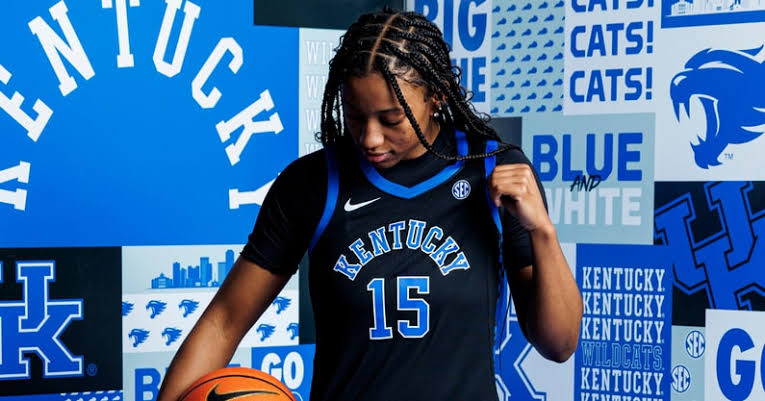
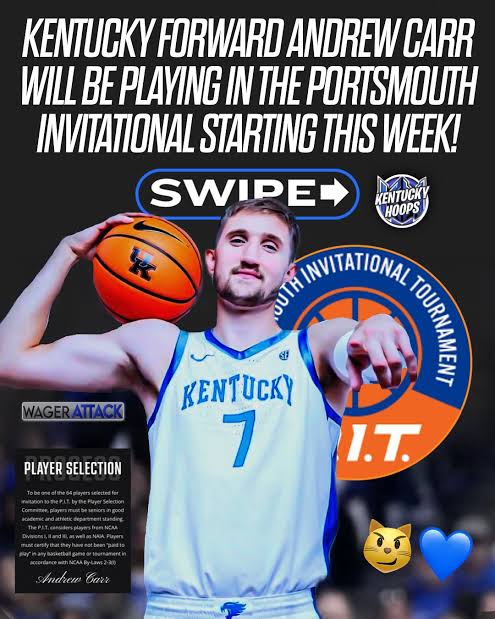
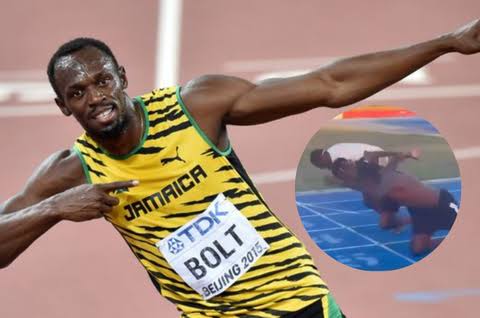
)
)
)
